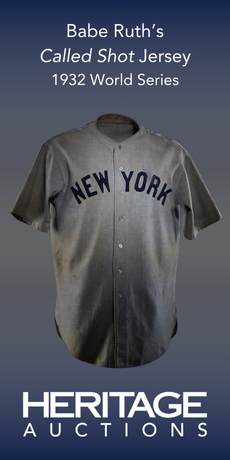From Retail to Residences
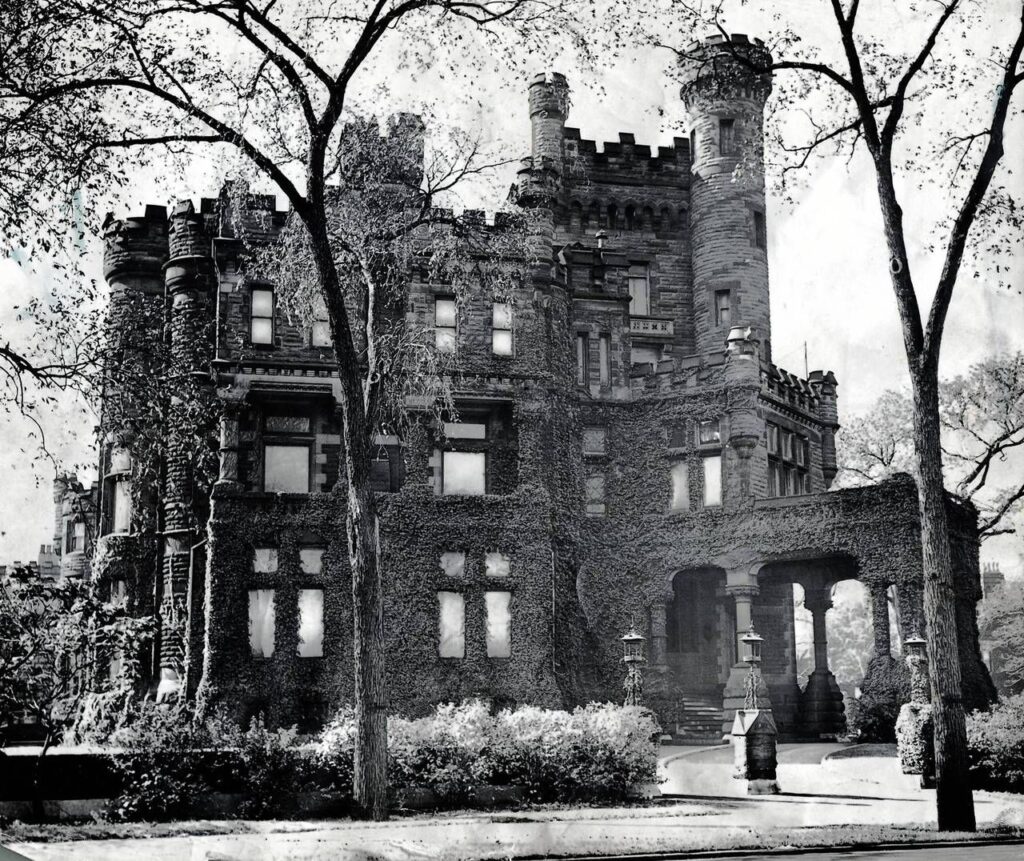
Potter Palmer’s “Castle” dominated and set the tone for his second real estate tour de force.

By Megan McKinney
Potter Palmer’s first slice of the city was the northern three-quarter mile of a formerly squalid Indian trail of ratty buildings he bought up and replaced with appropriately elegant stores in 1867, turning the old trail into State Street (that great street) , the city’s premier shopping stretch. In doing this he also reoriented the center Chicago’s downtown from the east-west Lake Street to the new, elegant south bound boulevard that he virtually owned.

chicagology.com
This is what Mr. Palmer accomplished when he determined to establish South Side Chicago’s high-end retail center.

Above is the building at the northeast corner of State and Washington, which Palmer leased to his former dry goods partners, Marshall Field and Levi Leiter for their grand department store, Field, Leiter & Co.

State Street’s other star would be Potter’s original Palmer House.
However, toward the end of the nineteenth century, Potter was becoming less interested in retailing than in providing Chicago’s growing population of substantial citizens with stunning residential options. Prairie Avenue was losing its allure, and it had never appealed to Palmer.
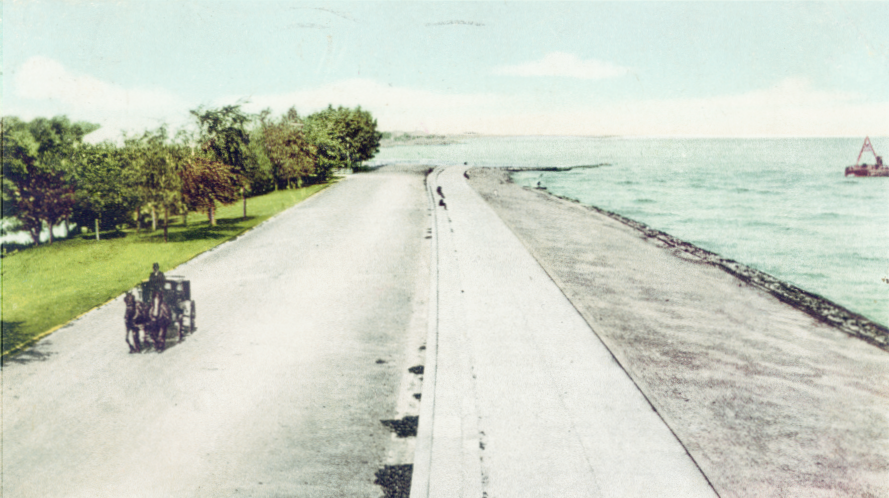
drloihjournal.blogspot.com.
Palmer’s Lake Shore Drive when it expanded north to Lincoln Park
In 1875, Lake Shore Drive was opened from Oak Street to North Avenue, and by 1882 Palmer had begun building one of the first mansions on the drive in the block between Schiller and Banks.
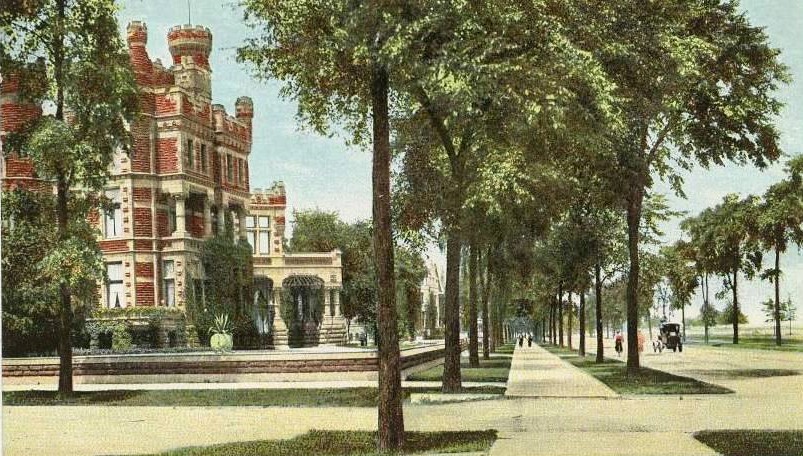
When it was completed three years later, his “Castle” was already on its way to becoming the center of Chicago’s elite set. And , although Palmer was accumulating land surrounding the mansion, the area remained sparsely populated and was still mostly swamp.
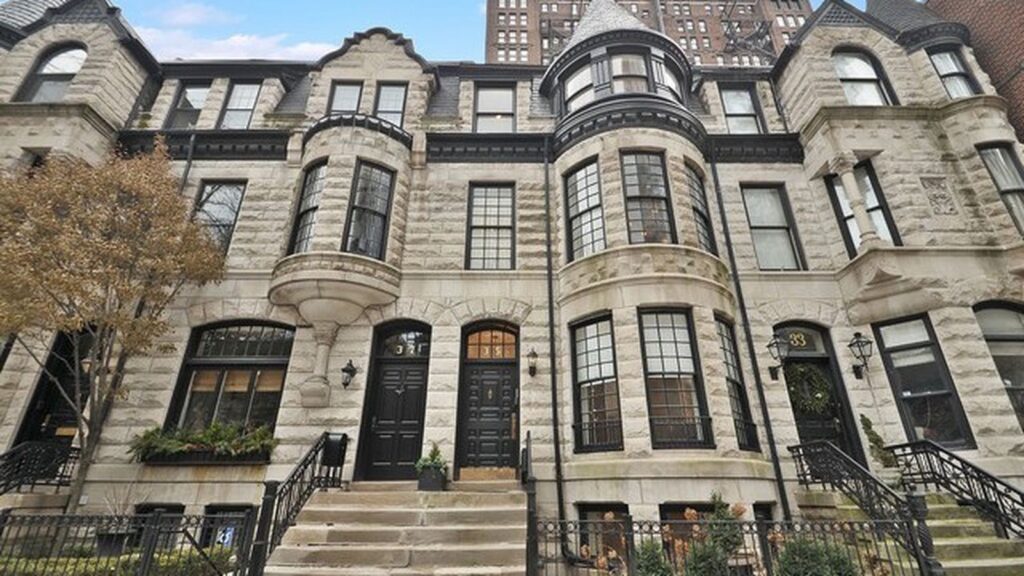
chicago.curbed.com
One of these Potter Palmer Gold Coast row houses was recently on the market. For $2.5 million, it could have been yours.
The city’s smart set began moving up from Prairie Avenue, often building mansions facing the lake on the Near North Side or buying from Palmer’s row houses within the adjacent Gold Coast.

According to a google we followed, there were many Palmer row houses but also “a few mansions in the Gold Coast neighborhood” built for Mr. Palmer. Regarding the above Astor Street stunner, the report is that it “sports a tall, limestone-clad facade. The five-level mansion features 8,000-square-feet of space, with four bedrooms and seven and a half bathrooms.”
Author Photo: Robert F. Carl




